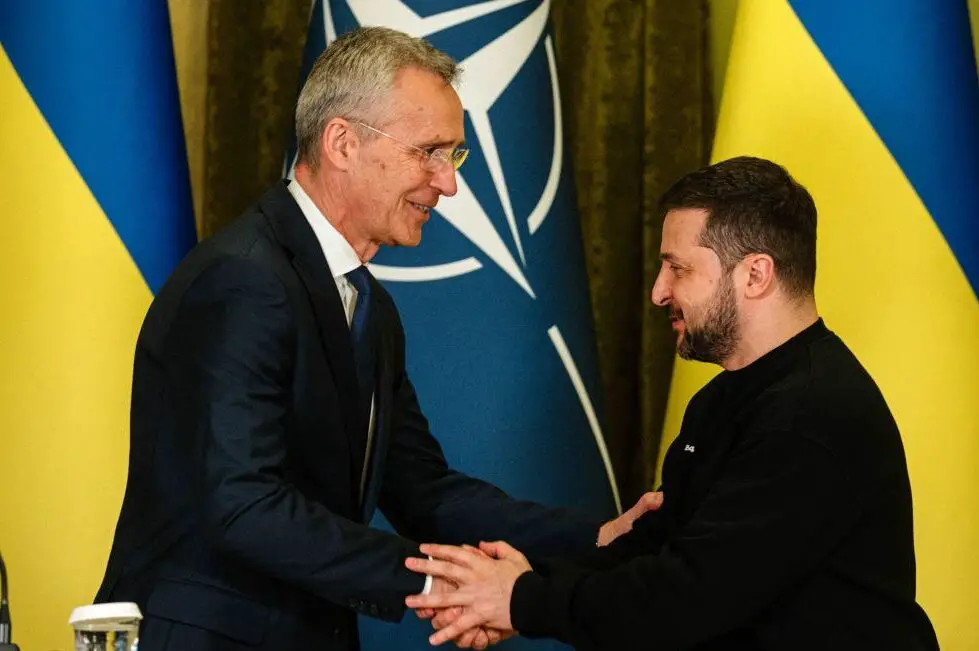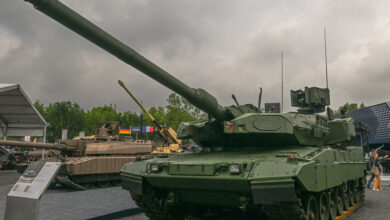NATO is considering expanded cooperation with non-member Ukraine in sharing intelligence regarding Russia’s increasing electronic warfare (EW) capabilities.
The idea was floated by NATO Assistant Secretary General David van Weel amid a growing number of countries allowing the use of their donated weapons for strikes inside Russia.
Concerns are mounting that Moscow’s jamming capabilities could render some Western weapons ineffective, like what reportedly happened to the High Mobility Artillery Rocket System (HIMARS) sent by the US.
Van Weel said the alliance has invested heavily in cybersecurity deterrence and tracking Russian military tech, making the proposed information sharing relevant for both NATO and Kyiv.
Apart from Moscow’s EW capabilities, the planned intelligence sharing could cover the supply chain of Russian drones.
Expanded Military Cooperation
Speaking at the first NATO-Ukraine Defence Innovation in Poland, van Weel said the alliance wants to expand cooperation with Ukraine on defense technology.
The aim is to help make the war-torn nation a large-scale tech supplier after the war.
For NATO, the expanded military cooperation would serve as a way to replicate the rapid deployment and adoption of military technologies as observed during the conflict.
“Ukrainians are innovating at a very high speed,” van Weel stated. “But of course, the Russians are not stupid. That means innovation in the battlefield is not a static thing. It’s more like chess.”
The proposed agreements are expected to be finalized before the alliance’s summit in Washington next month.
Russia’s Growing EW Capabilities
Moscow’s sophisticated EW systems have apparently helped it gain the upper hand in Ukraine.
They have reportedly exposed flaws in some of the weapons supplied to Kyiv by its Western allies.
The US-made HIMARS and Excalibur GPS-guided artillery shells have fallen victim to persistent Russian jamming, with a recent assessment claiming these weapons have lost their “one shot, one target” reputation.












